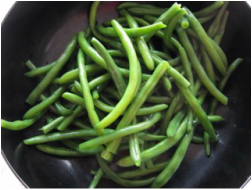
Sometimes I top and tail my beans as soon as I get home, then blanch them in generously salted water for 4 or 5 minutes so that they’re ready to use in all manner of salads, pasta dishes, and tacos. They’re nice to have on hand for snacking as well. Kids like them.
I love the versatility of these summer beans. They have inspired a whole collection of salads, some modeled on Salade Niçoise, others inspired by the classic Italian tuna and beans salad. Some of my favorite whole grains salads are vehicles for summer bush or string beans, like my farro salad with tomatoes and romano beans and mixed brown rice and barley salad with green beans. Green beans are also welcome in a potato salad.
When I have fresh beans and pesto on hand I will use both in the same pasta dish. The combination is one of my favorites, the beans just a little crunchy and juicy against the al dente pasta and rich, garlicky pesto. I say “just a little crunchy” because I am a firm believer in cooking the beans for at least 4 minutes, so that their full flavor will emerge. They should not feel or taste raw. Even when you are using them in a salad they should be properly cooked or you’ll miss out on their flavor.
I have a weakness for the flat, long green beans called romanos. I cook these for a minute or two longer than the round green, yellow or purple beans. Sometimes I even stew them for 20 minutes, with onions and tomatoes. They stand up to longer cooking and these Greek-inspired bean ragouts are irresistible.
I’ve done a lot with fresh string and bush beans over the years in my Recipes for Health column; so much so that I decided to put together a collection of over 2 dozen of my fresh beans recipes on cooking.nytimes.com. So go ahead, buy more than you think you’ll need when you next go to the farmers market. You’ll find plenty of ways to use them up.

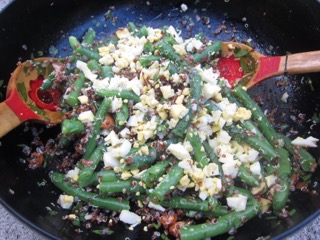
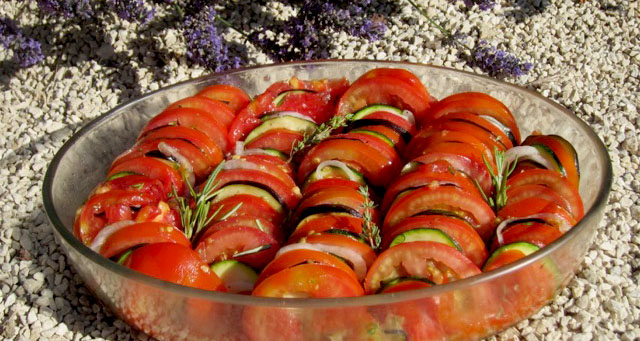
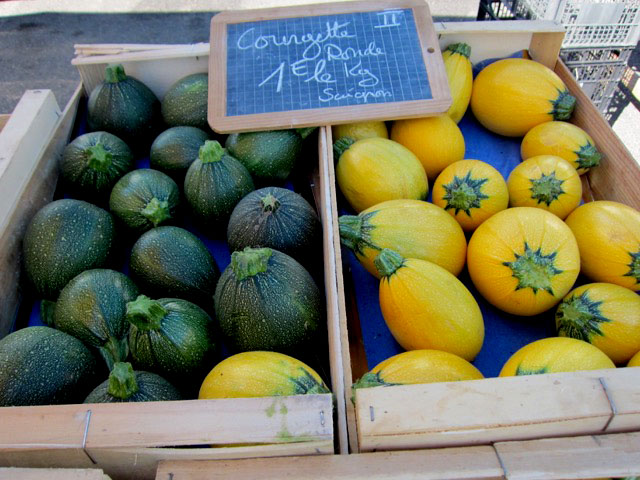
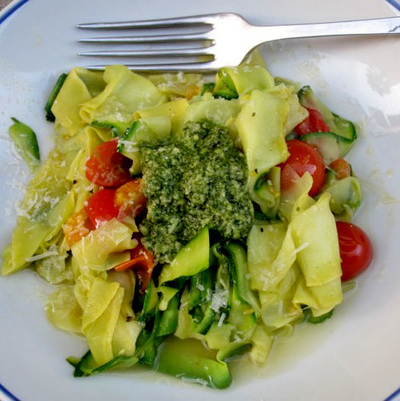
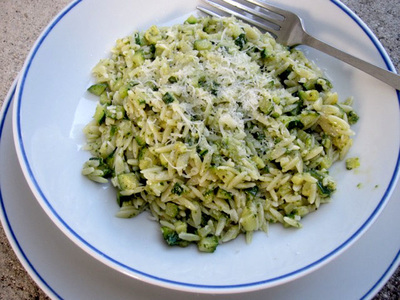
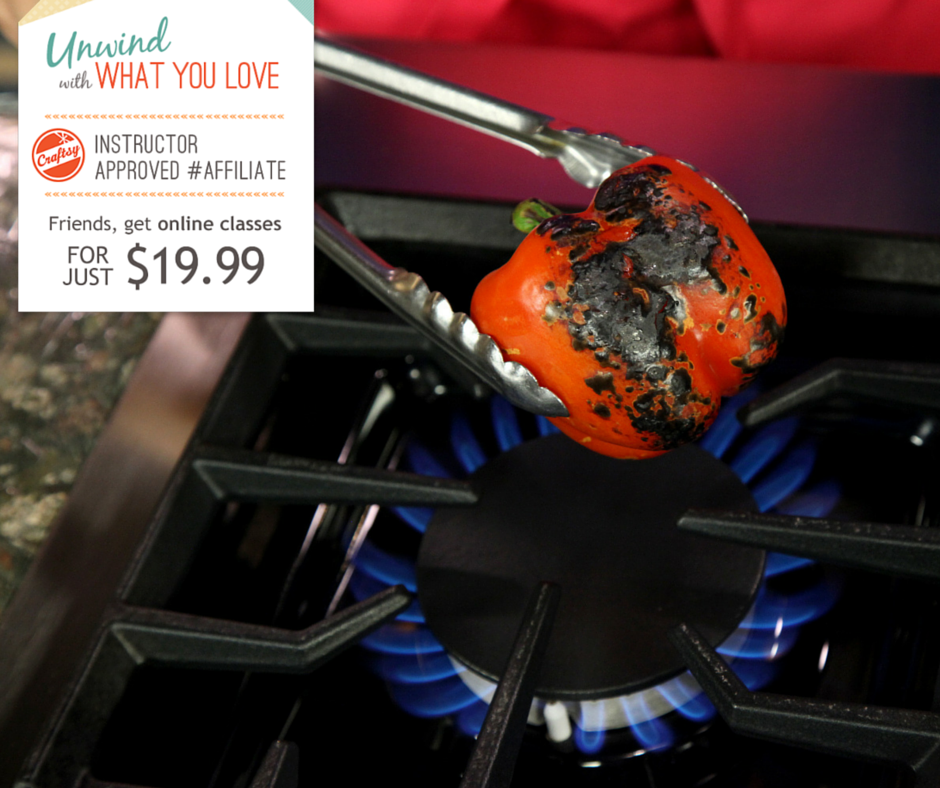

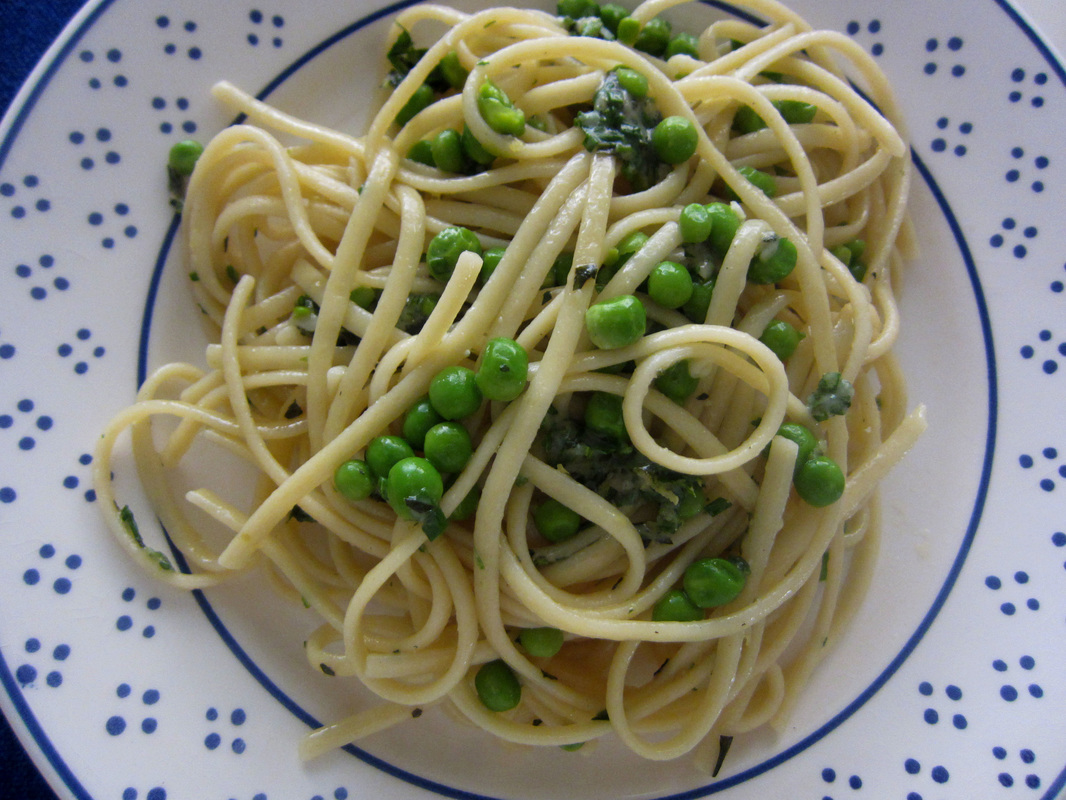
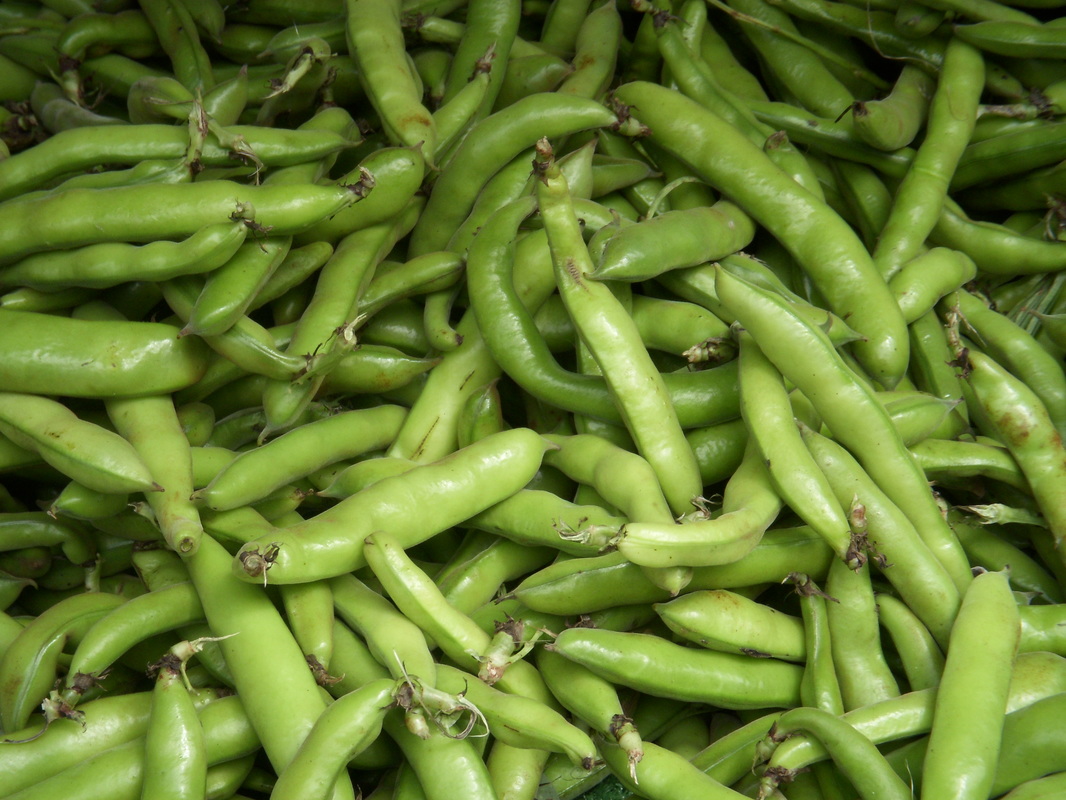
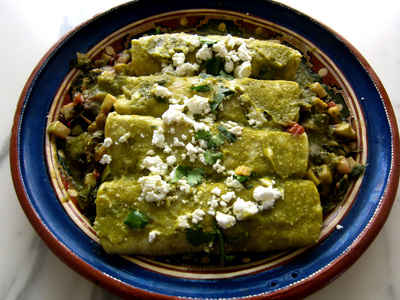
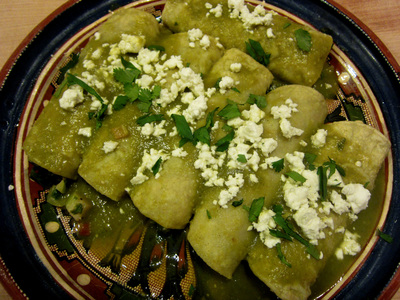
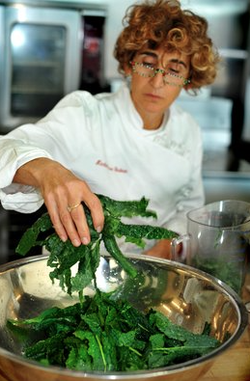
 RSS Feed
RSS Feed
